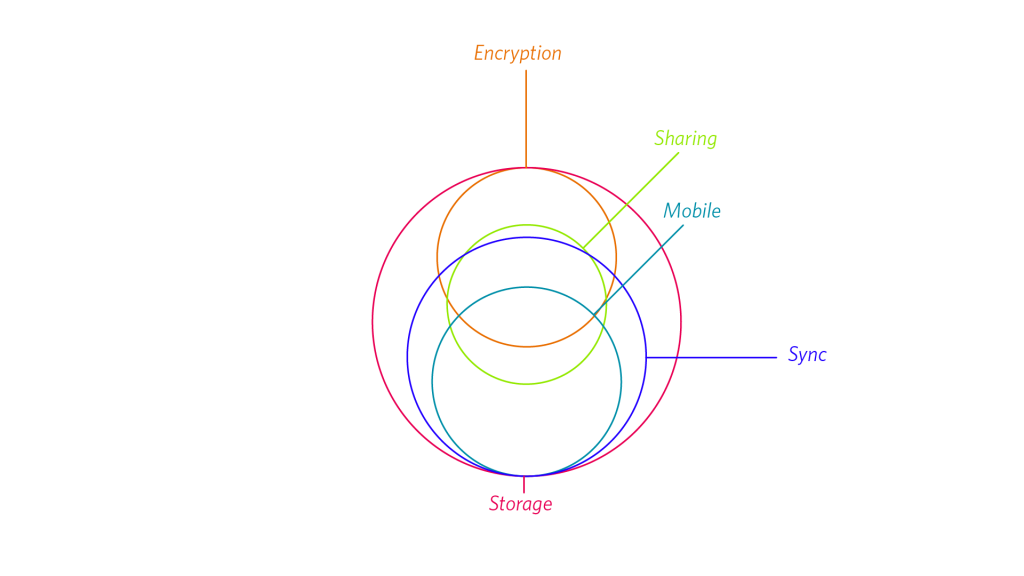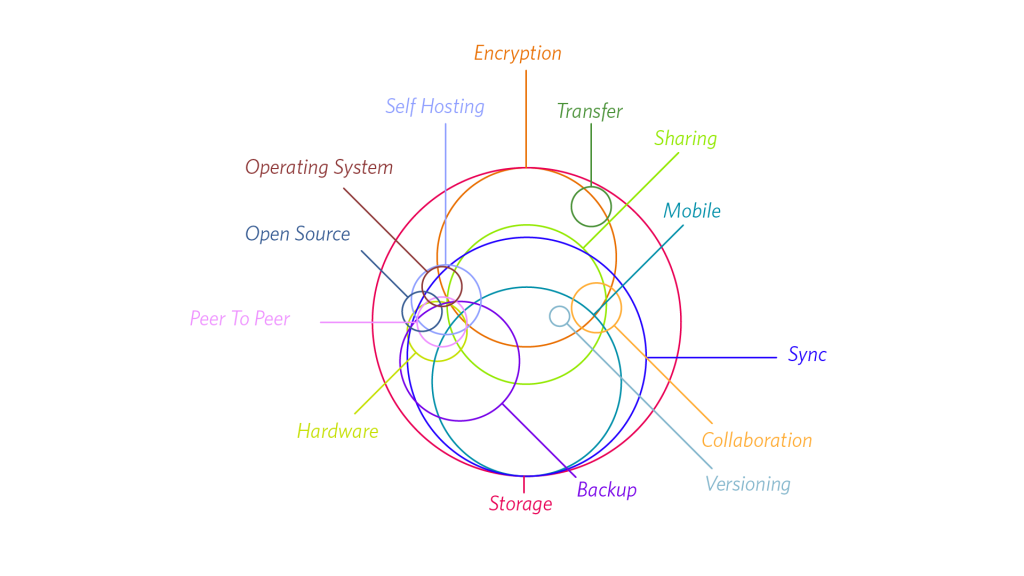Note: the post I&IC Workshop #2 with James Auger at HEAD, brief: “Cloudy” presents the objectives and brief for this workshop.
After last week’s workshop at HEAD – Genève, we learnt that addressing Cloud Computing from a design perspective requires to take a detour. Instead of looking at data centers and cloud computing directly, we asked students to choose a domain of everyday life (religion, cooking, communication, etc.) and work on how this technology may influence it, the kinds of practices that may emerge and what kind of implications would surface. The projects reflect this diversity and we also push the student to adopt both a critical and speculative angle. Such requirements mean that the output of the workshop largely consists in a set of short scenarios/usage strategies exemplified by sketches and pictures. Each of them provides a subtle perspective on cloud computing by showing that the limits and the opportunities of these technologies are entangled.
Cloudified Scenarios – a workshop with James Auger at HEAD – Genève on Vimeo.
Two posts have been added later as follow-ups to this one that propose an update to the direct results of the workshop:
- http://www.iiclouds.org/20141112/iic-workshop-2-at-head-design-implications/
- http://www.iiclouds.org/20141112/iic-workshop-2-at-head-ui-proposals/



